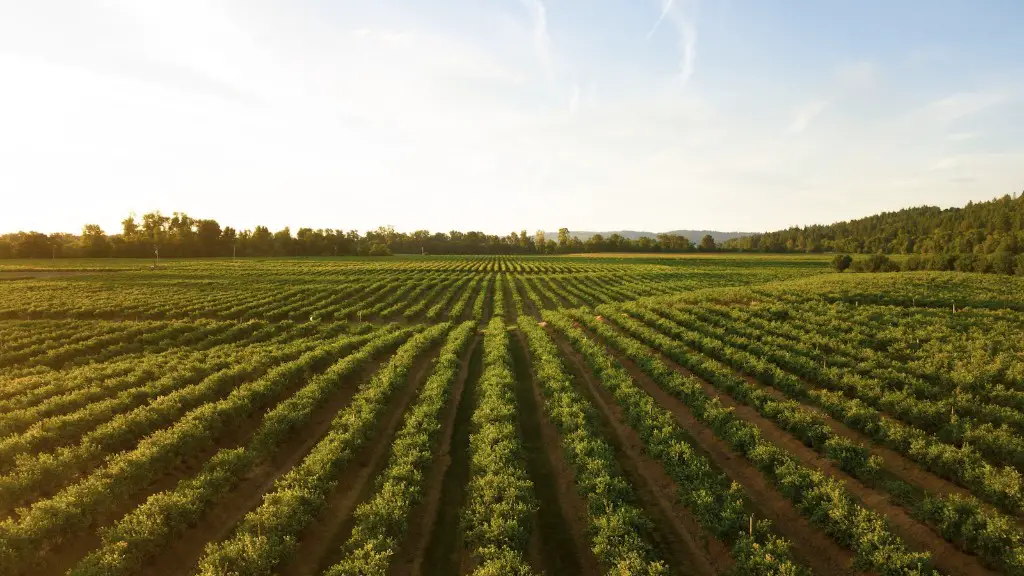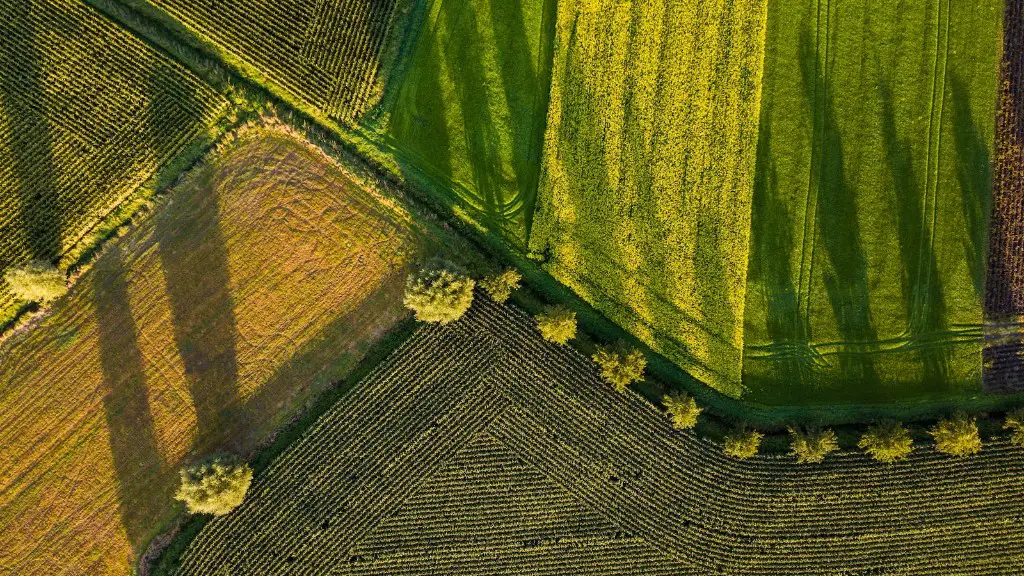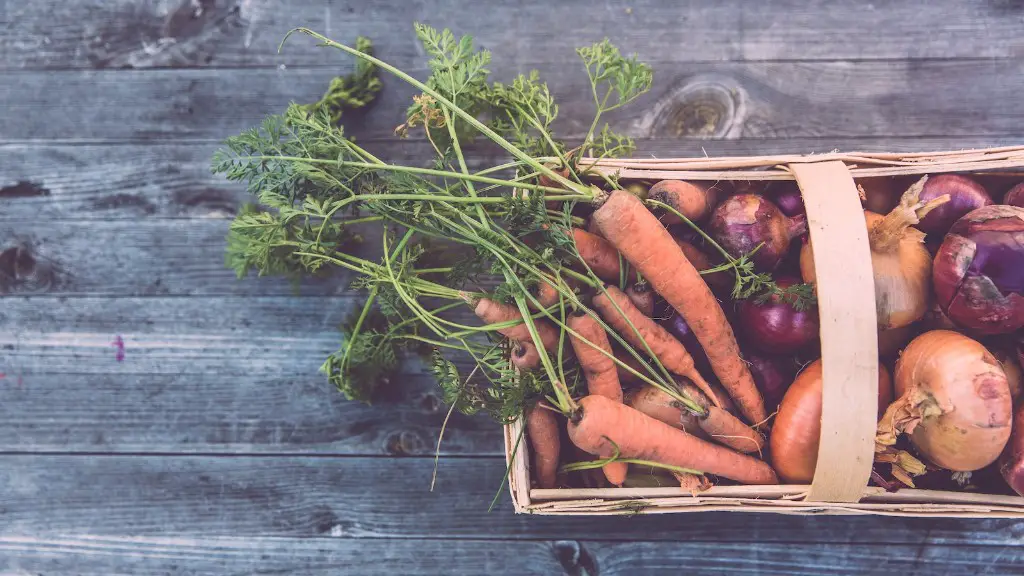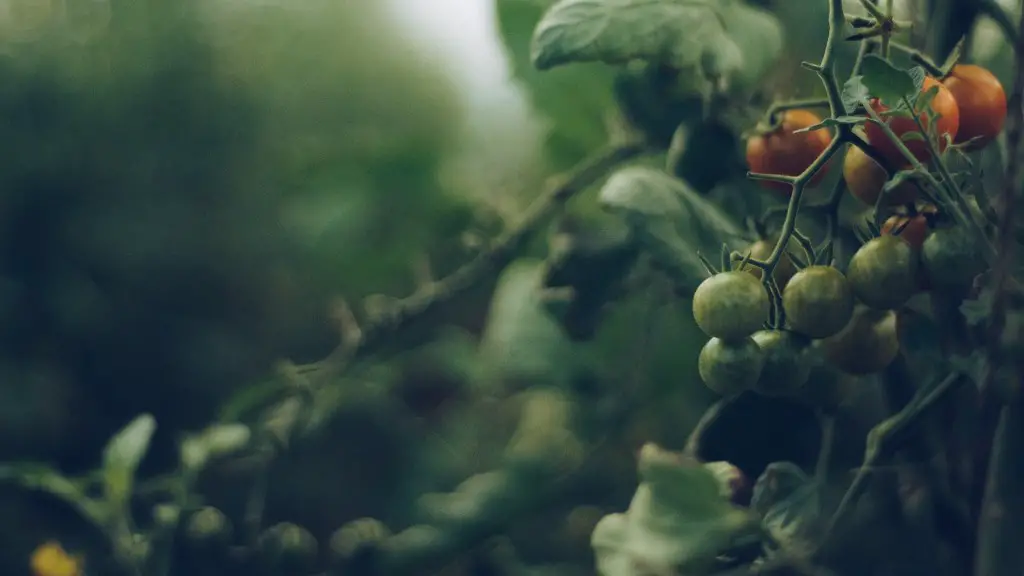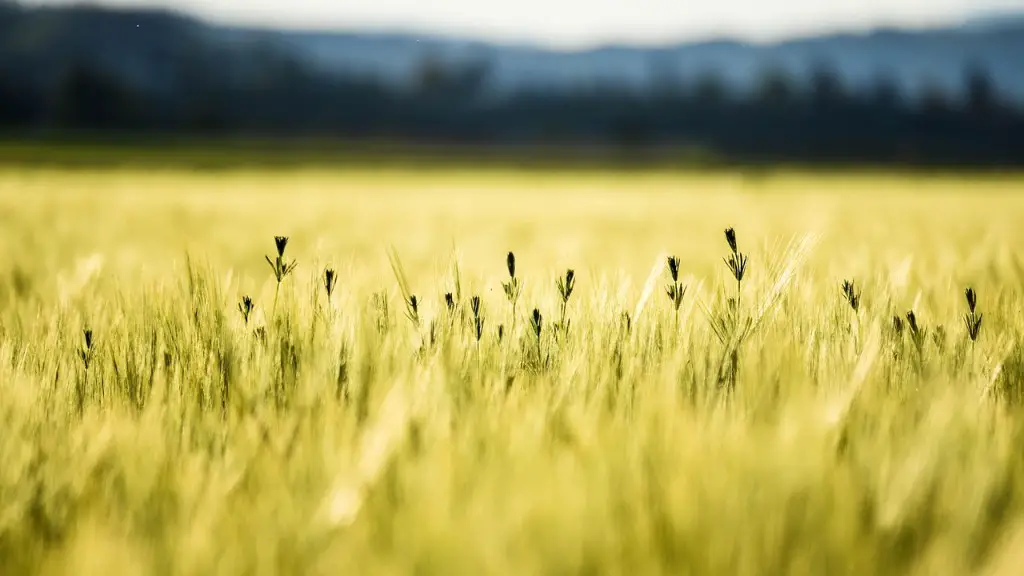A seedling tray is a small planting container used to grow seedlings. It is usually made of plastic and has numerous small holes in the bottom for drainage. A seedling tray is used to start the germination process of seeds and to provide a small, controlled environment in which the seedlings can grow until they are ready to be transplanted into the ground or a larger container.
A seedling tray is a planting device used in agriculture to enable seeds to be germinated in a controlled environment. The tray provides a safe and secure space in which the young seedlings can grow before being transplanted into the ground.
What is the use of a seedling tray?
Seedling trays are commonly used in agriculture to produce healthier, more uniform and vigorous seedlings. This method allows for field planting without disturbing the root system, which can be beneficial for the plant.
Seedling trays are a great way to start your plants indoors. They are made up of a foldable plastic material with cells (holes) throughout the tray. These cells should be filled with a sowing medium like soil, cocopeat or sand. Depending on the type of plants, 2-3 seeds are sown in each cell. Trays are watered regularly as the seeds germinate.
What is the advantage of seed trays
Seed trays are an efficient and effective way to germinate and grow seedlings. They offer many benefits over traditional methods, including increased productivity, saving time and money, and conserving water and land resources.
Seedlings grown in seed trays are typically healthier and more robust than those grown in other ways. This is because seed trays provide a controlled environment in which the seedlings can flourish. Additionally, seed trays make it easy to transplant delicate seedlings without damaging them.
Overall, seed trays offer a number of advantages and benefits that make them the preferred choice for many growers.
The plants prepared in the pro tray are better than the plants prepared in the field. Disease free and high quality seedlings can be grown in a tray in a protected environment. Apart from this, seed growth and germination in the pro tray is good.
How long do you leave seedlings in a seed tray?
It is best to transplant your seedlings when they have one or two sets of true leaves. This is because they are less likely to experience stress during transplanting. However, if you wait too long, your seedlings may start to experience stress. Therefore, it is important to transplant them as soon as possible.
The best seed starting mix is made of perlite, vermiculite, and sphagnum peat moss. This mix provides the perfect balance of drainage and moisture retention, giving your seeds the best chance to germinate.
Are seedling trays good?
Seedling trays are an essential part of any gardener’s toolkit – they let you sow lots of seeds at once, and many designs can be planted directly into the ground, so you can avoid issues such as transplant shock which can have a negative effect on your plant’s growth. Whether you’re growing vegetables, herbs or flowers, seedling trays are a great way to get your plants off to a strong start.
If you are looking for a DIY alternative to a seedling tray, you could use a trimmed plastic produce container, plastic plates with elevated rims or a high-sided sheet pan. If you are using a plastic or foam carton, you can also use the top of the egg carton as a tray, but then your seedling tray will not be biodegradable.
How do you plant a seedling tray
To ensure evenly distributed and healthy growth of your plants, fill small pots or seed trays with compost. Scatter seeds thinly and evenly across the surface of the compost, leaving approximately 2cm to 3cm of space between each seed. Cover the pot with a piece of clear polythene or glass to maintain an even temperature for germination, and to prevent the compost from drying out.
If you are looking for a thick seedling tray, you can expect to find one that is 06-12 mm thick. This thickness is common for seed trays on the market. A 06-08 mm thickness plug tray is mostly used for manual sowing or one-time use. For example, if selling the young plants with seed trays, the seedling company can choose a 06-08 mm thickness tray.
Do you water seed trays?
A note on filling up a tray
Be sure to fill the tray up to about a quarter or a third of the way full. This will ensure that you have enough space for the food you’re preparing.
If you are planting seeds directly in the seed tray, it is important to make sure that the tray has drainage holes. Otherwise, the soil will stay too wet and the seedlings may suffer from damping off.
What are the disadvantages of using seedling trays
If you’re looking for a seed starter that is expensive initially, but will last you a long time, consider getting a real wood one. These seed starters are tricky to keep from breaking if you need to shuffle your seeds into different trays, but they’re worth it because you’re not limited to size. If you want to upsize using to a larger one, you’ll need to purchase multiple sizes, but it’s worth it because your seeds will germinate in the soil.
Trays are made of many different materials like wood, silver, and plastic. They are used to carry, store, or display all kinds of things. Trays are usually used to hold food, but they can also be used for other purposes.
What is the best germination method?
One of the most popular ways to germinate seeds is the paper towel method. To do this, you’ll need paper towels as well as two plates.
First, wet the paper towel and then fold it so that it’s about 4-5 layers thick. Next, place the seeds on the paper towel, making sure that they’re spaced out evenly.
Then, place the second plate on top of the paper towel and seeds, and lightly press down. This will trap the moisture in and allow the seeds to germinate.
Place the plates in a warm, dark place and check on them daily. In 3-5 days, you should see the seeds germinating. Once they’ve sprouted, you can then transplant them into soil.
If you’re looking to get a head start on your gardening, one option is to grow from seeds indoors. Another option is to direct sow outdoors by planting seeds directly into the soil. Direct sowing is an easy process that can yield great results. Keep in mind, though, that planting seeds outdoors may require a little more patience since they will need to endure whatever weather conditions are present.
Final Words
A seedling tray is a small, shallow tray used to start the germination of plant seeds. The tray is filled with a growing medium, such as soil, and the seeds are planted in the medium. The seedlings will grow in the tray until they are large enough to be transplanted into the ground.
A seedling tray is usually a rectangular container with several small cells or holes that are used to start seeds. The cells are filled with a soilless mix and then seeded. Once the seeds have germinated, the seedlings are thinned out so that only the strongest seedlings remain. The seedlings are then transplanted into larger pots or the ground.
